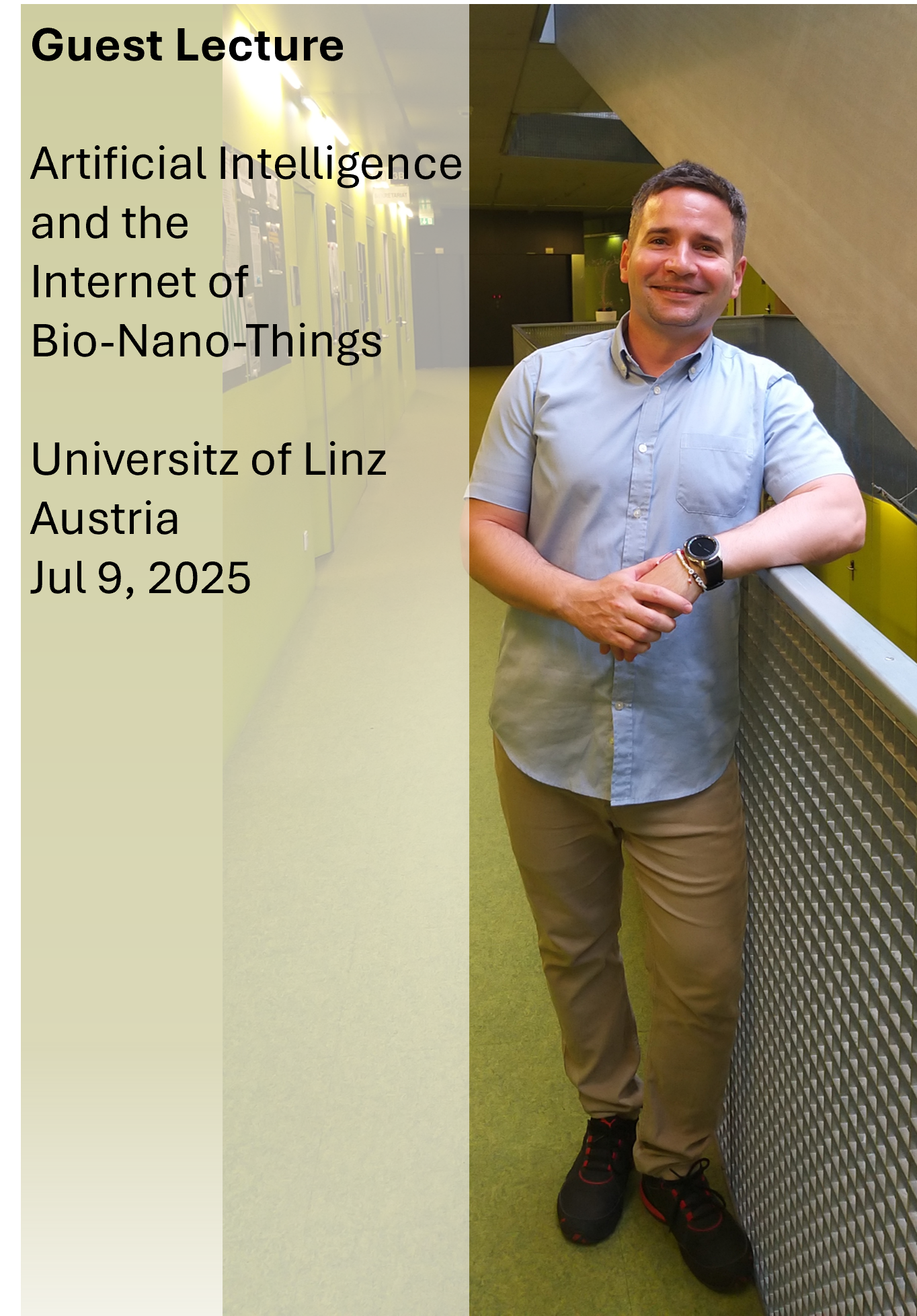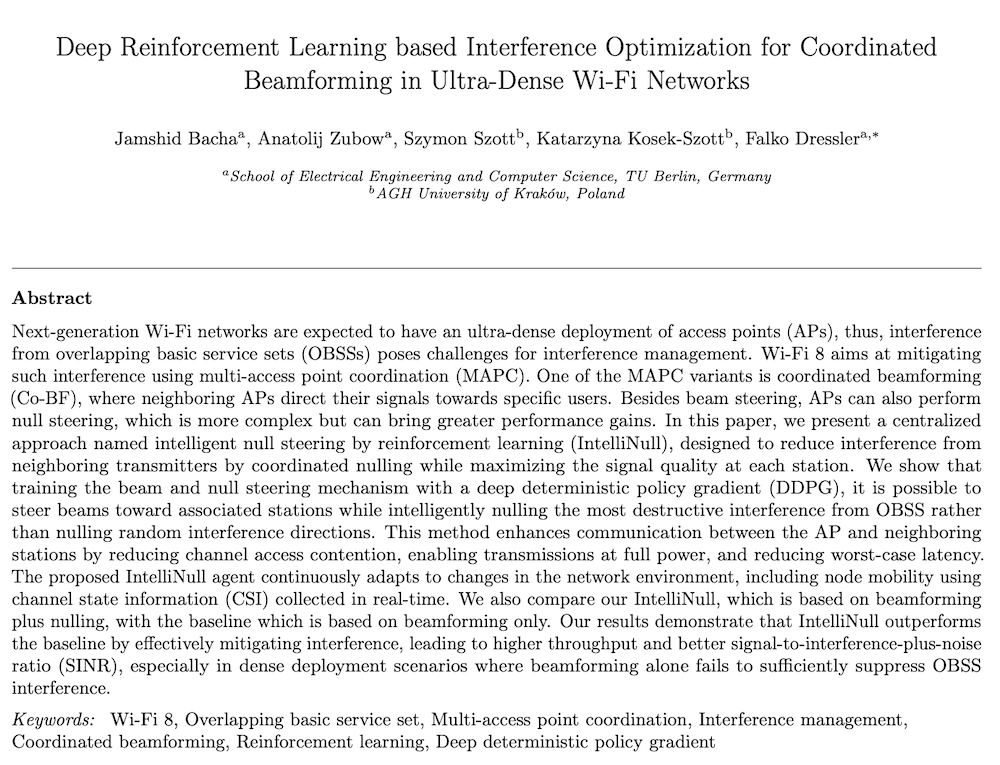Literature Database Entry
li2024leverage
Kai Li, Xin Yuan, Jingjing Zheng, Wei Ni, Falko Dressler and Abbas Jamalipour, "Leverage Variational Graph Representation For Model Poisoning on Federated Learning," IEEE Transactions on Neural Networks and Learning Systems, May 2024. (online first)
Abstract
This paper puts forth a new training data-untethered model poisoning (MP) attack on federated learning (FL). The new MP attack extends an adversarial variational graph autoencoder (VGAE) to create malicious local models based solely on the benign local models overheard without any access to the training data of FL. Such an advancement leads to the VGAE-MP attack that is not only efficacious but also remains elusive to detection. VGAE-MP attack extracts graph structural correlations among the benign local models and the training data features, adversarially regenerates the graph structure, and generates malicious local models using the adversarial graph structure and benign models' features. Moreover, a new attacking algorithm is presented to train the malicious local models using VGAE and sub-gradient descent, while enabling an optimal selection of the benign local models for training the VGAE. Experiments demonstrate a gradual drop in FL accuracy under the proposed VGAE-MP attack and the ineffectiveness of existing defense mechanisms in detecting the attack, posing a severe threat to FL.
Quick access
Original Version ![]() (at publishers web site)
(at publishers web site)
Authors' Version ![]() (PDF on this web site)
(PDF on this web site)
BibTeX ![]()
Contact
Kai Li
Xin Yuan
Jingjing Zheng
Wei Ni
Falko Dressler
Abbas Jamalipour
BibTeX reference
@article{li2024leverage,
author = {Li, Kai and Yuan, Xin and Zheng, Jingjing and Ni, Wei and Dressler, Falko and Jamalipour, Abbas},
doi = {10.1109/TNNLS.2024.3394252},
note = {to appear},
title = {{Leverage Variational Graph Representation For Model Poisoning on Federated Learning}},
journal = {IEEE Transactions on Neural Networks and Learning Systems},
issn = {2162-2388},
publisher = {IEEE},
month = {5},
year = {2024},
}
Copyright notice
Links to final or draft versions of papers are presented here to ensure timely dissemination of scholarly and technical work. Copyright and all rights therein are retained by authors or by other copyright holders. All persons copying this information are expected to adhere to the terms and constraints invoked by each author's copyright. In most cases, these works may not be reposted or distributed for commercial purposes without the explicit permission of the copyright holder.
The following applies to all papers listed above that have IEEE copyrights: Personal use of this material is permitted. However, permission to reprint/republish this material for advertising or promotional purposes or for creating new collective works for resale or redistribution to servers or lists, or to reuse any copyrighted component of this work in other works must be obtained from the IEEE.
The following applies to all papers listed above that are in submission to IEEE conference/workshop proceedings or journals: This work has been submitted to the IEEE for possible publication. Copyright may be transferred without notice, after which this version may no longer be accessible.
The following applies to all papers listed above that have ACM copyrights: ACM COPYRIGHT NOTICE. Permission to make digital or hard copies of part or all of this work for personal or classroom use is granted without fee provided that copies are not made or distributed for profit or commercial advantage and that copies bear this notice and the full citation on the first page. Copyrights for components of this work owned by others than ACM must be honored. Abstracting with credit is permitted. To copy otherwise, to republish, to post on servers, or to redistribute to lists, requires prior specific permission and/or a fee. Request permissions from Publications Dept., ACM, Inc., fax +1 (212) 869-0481, or permissions@acm.org.
The following applies to all SpringerLink papers listed above that have Springer Science+Business Media copyrights: The original publication is available at www.springerlink.com.
This page was automatically generated using BibDB and bib2web.







